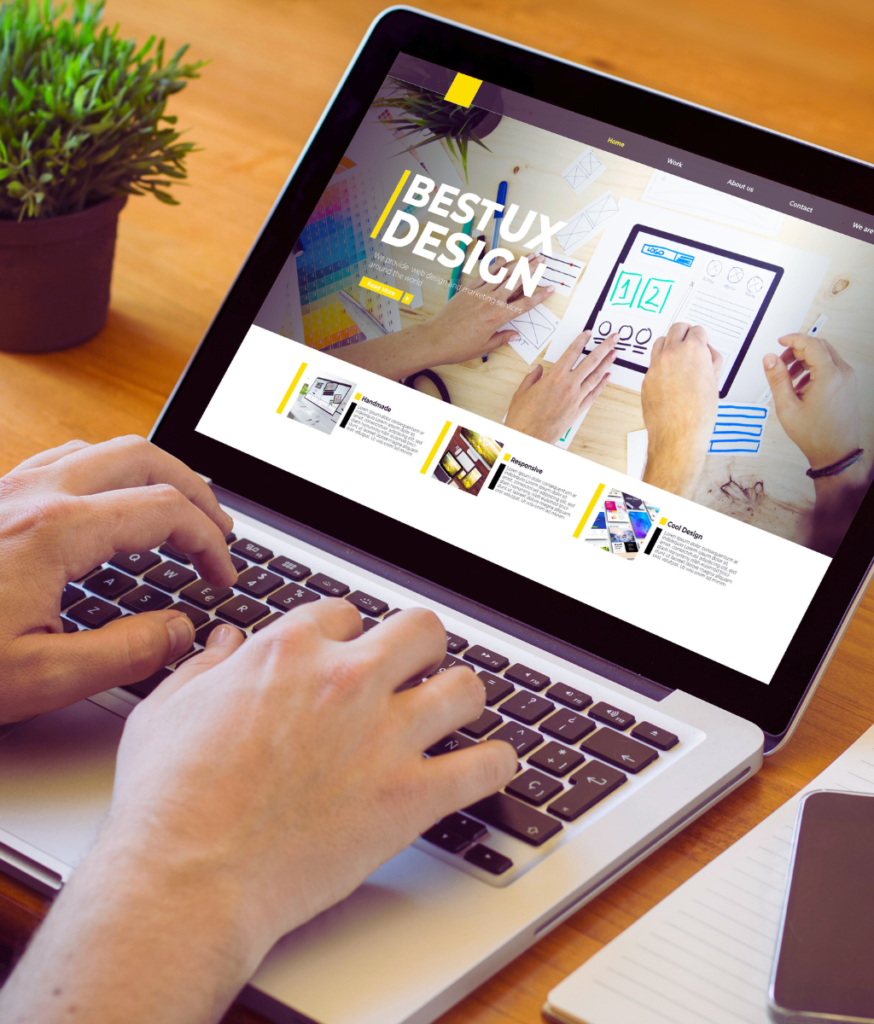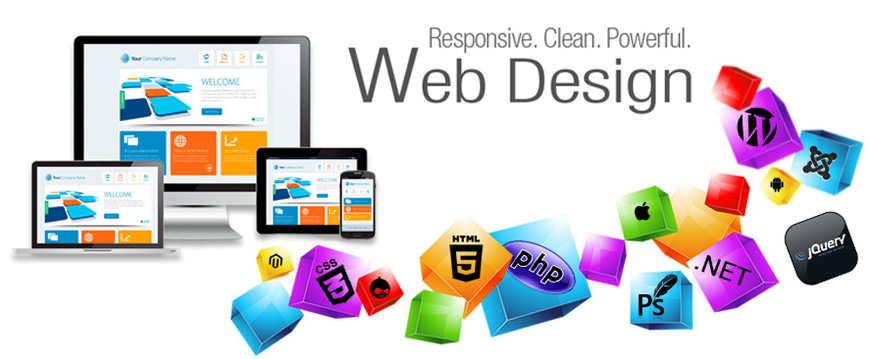Best Practices for Creating User-Friendly Internet Layout
In the ever-evolving landscape of internet layout, developing an user-friendly interface is paramount for involving target markets and driving conversions. Trick methods such as simplifying navigation, enhancing for mobile phones, and boosting loading speed play a crucial role in this process. The value of constant layout components and prioritizing ease of access can not be overstated. As we discover these foundational concepts, it becomes clear that effective customer experience layout not just satisfies individual expectations however also establishes the phase for deeper involvement. Discovering the subtleties of each method can result in substantial renovations in total web performance.
Simplify Navigating
A structured navigating system is essential for enhancing user experience on any type of internet site. Reliable navigation allows users to discover the details they look for promptly and easily, thereby lowering stress and raising the likelihood of interaction. A clear design that categorizes material rationally is paramount; individuals ought to without effort recognize where to click for certain info.
Using an easy top-level navigation bar, complemented by drop-down food selections for subcategories, help in preserving an arranged framework. It is vital to limit the number of primary navigation web links to prevent frustrating users; normally, five to 7 choices are ideal. In addition, utilizing descriptive tags improves quality, allowing users to determine the content of each section at a look.
Incorporating a search function further enhances the navigation experience, particularly for content-rich web sites. When looking for particular information, this function encourages users to bypass traditional navigating paths. Regular style elements across all web pages strengthen knowledge, enabling customers to browse with self-confidence.
Maximize for Mobile

Firstly, take on a responsive layout technique that automatically changes the format and web content based on the screen size. This adaptability ensures that individuals have a regular experience throughout devices. Next off, focus on touch-friendly interfaces by guaranteeing buttons and links are conveniently clickable, lessening the requirement for zooming.
Furthermore, take into consideration the value of concise content discussion. Mobile individuals often seek fast info, so utilizing techniques like retractable menus or accordions can enhance functionality without frustrating the individual. Additionally, make certain that font styles are legible, and image sizes are maximized for faster loading.
Last but not least, test your internet site on different mobile phones and operating systems to determine potential issues. By resolving these components, you will certainly produce an instinctive mobile experience that maintains customers engaged and urges them to explore your offerings even more - Web Design Pretoria. Prioritizing mobile optimization is important for achieving a straightforward web layout in a progressively mobile-centric globe
Enhance Loading Speed
Filling speed is an essential factor that can significantly affect user complete satisfaction and interaction on a web site. Research studies suggest that customers anticipate web pages to pack in two seconds or much less; yet limit, the chance of desertion increases dramatically. Consequently, optimizing packing rate is vital for maintaining visitors and boosting general site performance.
To improve read this article filling speed, several ideal techniques must be applied. Additionally, take advantage of browser caching to keep duplicates of documents locally, making it possible for faster tons times for returning site visitors.

Usage Consistent Design Components
Establishing a cohesive aesthetic identity is crucial for improving customer experience on a site. Constant style elements, including color schemes, typography, buttons, and layout structures, create a unified appearance that aids users navigate easily. When users come across familiar patterns and designs, their cognitive load is decreased, permitting them to focus on web content as opposed to decoding differing design facets.
Making use of a standard color combination enhances brand name recognition and fosters an emotional connection with users. Keeping constant typography-- such as font styles, dimensions, and weights-- makes sure readability and adds to a refined look. Additionally, uniform switch styles and interactive components lead customers without effort via the website, enhancing usability.
In addition, a cohesive layout helps establish an organized circulation of information, making it less complicated for users to find and digest material. Each page ought to mirror the exact same style concepts to stop complication and disorientation.
Prioritize Availability
A cohesive visual identification not only improves navigation however likewise establishes the phase for prioritizing ease of access in website design. Accessibility ensures that all customers, consisting of those with specials needs, can engage and navigate with an internet site successfully. To accomplish this, internet developers must abide by established guidelines, such as the Web Web Content Ease Of Access Standards (WCAG)
Applying functions like alt message for photos, keyboard navigability, and appropriate shade comparison can considerably boost the customer experience for people with aesthetic, acoustic, or cognitive problems. It is critical to use semantic HTML to framework web content logically, enabling assistive modern technologies to convey and translate details accurately to individuals.
Furthermore, offering numerous means of interaction-- such as text alternatives for audio and visual web content-- can provide to diverse user demands. Regular functionality testing with participants that have impairments can discover potential obstacles that might not be promptly apparent throughout the layout stage.
Ultimately, prioritizing access not just follows legal criteria however also widens the prospective audience, fosters inclusivity, and boosts total website use (Web Design Pretoria). By installing access into the design process, developers can create a much more fair digital landscape for every person
Final Thought

As we discover these fundamental concepts, it comes to be clear that reliable individual experience layout not just satisfies individual assumptions however also establishes the phase for much deeper interaction. Mobile users frequently seek fast details, so employing strategies like collapsible menus or accordions can improve functionality without overwhelming the try these out individual. When users experience acquainted patterns and designs, their cognitive tons is decreased, permitting them to focus on material instead than decoding differing layout aspects.
In recap, carrying out best techniques for user-friendly internet style significantly improves the general customer experience. Adhering to these guidelines cultivates a favorable relationship in between individuals and digital systems, ultimately advertising individual contentment and retention.